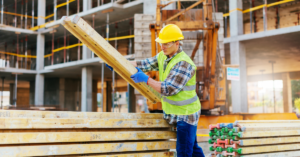The Evolution of Building Material

The human race has always loved to build things. Because of this, we’re always honing our craft with innovative inventions and refinement of existing techniques in exterior building materials. Without that drive, we’d still be content with huts and lean-tos. Instead, we’ve innovated so much that our buildings are reaching for the sky and our homes provide comfort that couldn’t even be dreamed of in ages past. Our buildings are a testament to technological advancements, cultural identities, and even environmental consciousness. The building material we use in those endeavors are a huge part of that, so let’s examine just how far we’ve come!
Traditional Building Materials
Starting with the basics takes us back in time quite a ways. Over 400,000 years, in fact! Scientists have found evidence of carefully dug holes in the ground for posts, as well as remnants of cooking fire pits. Whoever built these homes was working with what nature had to offer. Here are a few of the common materials found in these ancient discoveries:
- Stone: Possibly the first true building material, stone offers plenty of durability. It’s because of this strength that the pyramids are still standing. No matter what part of the world you find yourself in, stone in architecture is a constant.
- Wood: Considering much dry land is covered in forests, wood has been easily accessible to us since the beginning of civilization.
- Clay: When you mix water with clay and dry it, you get one of the most widely used building blocks (literally) of our civilization: Bricks. Their versatility has made them a staple of residential areas and small towns across the United States and beyond.
Every building material discussed here has been providing us shelter for ages, but each one has also acted as the basis for several architectural styles that are alive and well today.
Modern Building Material
Though we spent hundreds of years innovating in architecture, the Industrial Revolution was… well… revolutionary. We made leaps and bounds from handcrafted processes to machine-assisted construction methods. This led to the rise of modern materials that weren’t as useful with human strength alone.
- Stucco: If you couldn’t tell, we’re big fans of this one! Developed as a durable coating to combat weather-related wear and tear, stucco became popular in Spanish and Mediterranean building exterior work and has expanded geographically since then. It allows for intricate designs as well as decorative finishes.
- Concrete: This versatile option changed how we treated exterior building materials forever in the 20th century. Without it, we may not have nearly as many skyscrapers, bridges, or other landmarks in cities across the globe. It’s incredibly strong and moldable (until it hardens, of course).
- Steel: Steel frames and beams further aided the swift advancement of construction. It allows for the tall buildings and open interior spaces we see today. Without steels, skyscrapers like the Empire State Building in New York or The Shard in London may not exist.
- Glass: Of course, none of the popular buildings we’ve referenced are made of just concrete or steel. Innovations in glass production led to heavy use of it in building exteriors. The curtain wall (think of a big city office building) springs to mind first. It’s a system of glass panels attached to the frame of a building that allows for sleek modern architecture designs.
Sustainability and Building Material
We’re living in an age of rising environmental consciousness. It’s become a factor to consider in every industry, from food to construction. In our line of work, we’re always looking for ways to use materials and processes that keep this consciousness top of mind. Here a few of the more impactful ones:
- Recycled Materials: Reclaimed wood as well as recycled steel and glass are finding new life in modern buildings thanks to processes that make them viable options. The fewer resources we throw away for good, the better!
- Low-Impact Materials: There are also options to minimize the impact on the environment during production. Bamboo, cork, and rammed earth are becoming popular choices thanks to their renewable properties.
- Green Building Practices: Processes like passive solar design, rainwater harvesting, and green roofs are enjoying a surge in popularity and helping the environment along the way!
Conclusion
The history of building materials is a rich one. While we once built simple huts, we now live and work in structures that are palaces in comparison. This evolution of construction materials is a testament to our cultures and technological advancements, and Robey is excited to be a part of this ever-progressing industry.
If you want a trusted partner in your building exterior project, we’re an experienced contractor in the field of everything stucco. Get in touch and let us put centuries of innovation to use for you!
